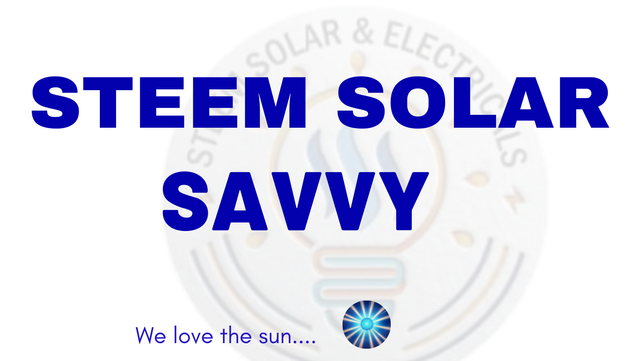
Hi, it's solar week in my city, so I'll be taking a little moment to educate friends who are interested in Solar PV systems.
Actually, what brought this idea is a conversation I heard on a bus between two guys while travelling to the market a few days ago.
They were talking about the importance of using a monocrystalline instead of a polycrystalline panels in our environment- Uyo.
They had a limited knowledge about PVs, I used that opportunity to educate them more about these two panels.., they appreciated the much information I shared with them and promise to do business with me someday. Ofcourse, I gave them my card.
I feel, it's also appropriate to share that knowledge here for educational purposes.
Monocrystalline vs Polycrystalline
Well, if you are considering harnessing the power of sunlight to generate electricity for your home or business as I have always been advocating for, you have probably come across two popular types of solar panels that raise the idea of this post , they are - monocrystalline and polycrystalline.
Have you ever thought about their differences? Which one is right for your home or business place?
A closer look at their physical differences
A Closer look at the physical differences between monocrystalline and polycrystalline solar panel can help you identify which type of panel you are looking at.
🟢Monocrystalline Solar Panels:
Monocrystalline solar panels are made from single-crystal silicon.
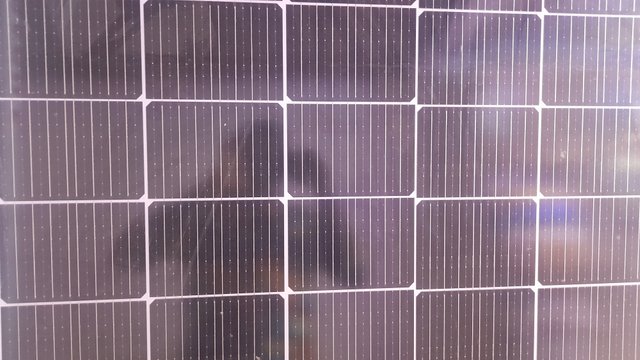
Their cells are cut from a single crystal ingot, which gives them a uniform appearance like what we see above.
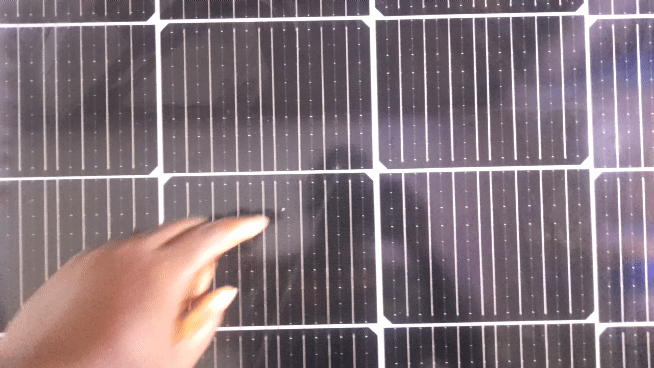
If you look closely, you will notice that monocrystalline panels have rounded edges and a distinctive pattern of silicon crystal growth. Just imagine a panel with a sleek, dark appearance and a subtle sheen to it - that's a monocrystalline.
Whereas,
🟢Polycrystalline Solar Panels:
Polycrystalline solar panels on the other hand, are made from multiple-crystal silicon.
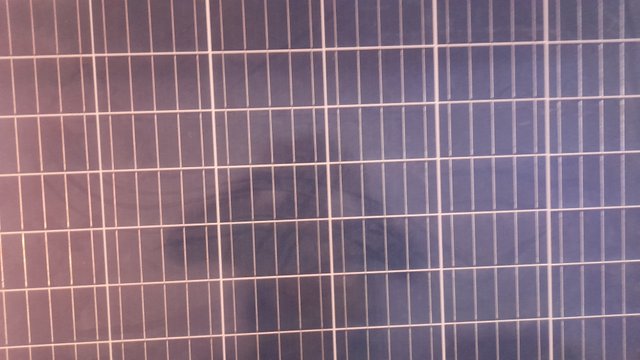
Their cells are created by melting multiple fragments of silicon together, which results in a panel with a speckled or fragmented appearance.
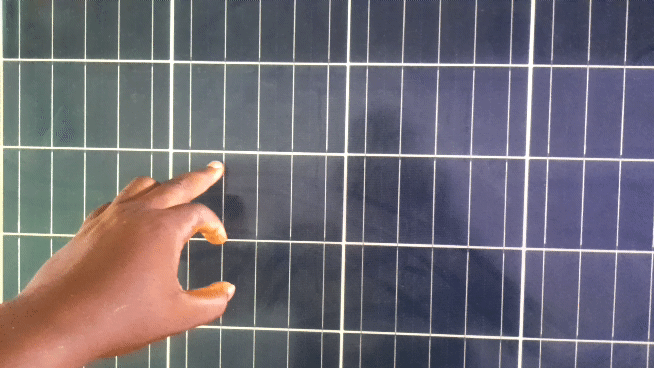
Now…picture a panel with a blue-ish tint and a more textured look, that's a polycrystalline
Their role: A Comparison
Now that we have successfully covered the physical differences, let's talk about the benefits or role of each type of panel.
Monocrystalline Solar Panels:
🔹️Higher Efficiency: Monocrystalline panels have higher efficiency rates compared to polycrystalline panels. This means they can convert more sunlight into electricity, making them ideal for smaller roofs or areas with limited space, if your roof is smaller if at all you want to mount it on a roof - then, this might be an ideal for you.
They are not cheap though, but hey - ”what is worth doing, is worth doing right”
🔹️Space-Efficient: Due to their higher efficiency as I mentioned above, monocrystalline panels require less space to produce the same amount of electricity as polycrystalline panels, this is why I use it mostly in my past projects or jobs.
🔹️Longer Lifespan: Monocrystalline panels have a lifespan - longer and degrade less over time, ensuring more energy production.
🔹️Better Performance in Low Light: When the weather is not as shiny as we expected, monocrystalline panels perform better even at such low-light conditions, which makes them suitable for areas with partial shading or cloudy skies.
Polycrystalline Solar Panels:
🔸️Cost-Effective: If you have a low budget, then Polycrystalline panels would be the right choice. They are generally cheaper to produce than monocrystalline panels, which makes them a more affordable option for those on a budget.
🔸️Environmental Benefits: Polycrystalline panels use less silicon during the production process, which makes it beneficial for the environment.
🔸️Still Reliable: While polycrystalline panels may not be as efficient as monocrystalline panels as I discussed above, they are still reliable and can provide a significant amount of electricity.
Drawbacks - What to Consider
While both types of panels have their benefits, there are some drawbacks to consider which includes the following:
🅰️ Monocrystalline Solar Panels:
Higher Upfront Cost: Monocrystalline panels are generally more expensive than polycrystalline panels, atleast, this is true in Nigeria and this can be a barrier for some homeowners. So check your pocket again…,just a friendly advice.
Sensitive to Temperature: Monocrystalline panels can be more sensitive to temperature fluctuations, which can affect their performance.
🅱️ Polycrystalline Solar Panels:
Lower Efficiency:Polycrystalline panels have a lower efficiency rate compared to monocrystalline panels. This means they may require more space to produce the same amount of electricity.
Shorter Lifespan: Polycrystalline panels may have a shorter lifespan compared to monocrystalline panels, which can affect their overall performance and energy production.
But..hey, the both panels can still run a lifespan of 25 years. So their differences are not too bad.
Which one is right for you?
Here comes the big question as stated above…

Well, for one thing, the choice between monocrystalline and polycrystalline solar panels depends on your specific needs and circumstances.
Think about these few factors…
Space Constraints*: If you have a space, monocrystalline panels might be a better option due to their higher efficiency and this would be enough.
Budget: If you are on a tight budget because of this present economy, then polycrystalline panels could be a more affordable option for you.
Energy Needs: If you need to produce a lot of energy, monocrystalline panels might be a better choice due to their higher efficiency and longer lifespan.
The ball is in your court 🤷♂️
However, considering these factors and weighing their benefits and drawbacks of each type of panel, I believe you can make an informed decision about which one is right for you. Better still, you can contact me for more consultation.
Happy solar-ing, we love the sun 🌞!